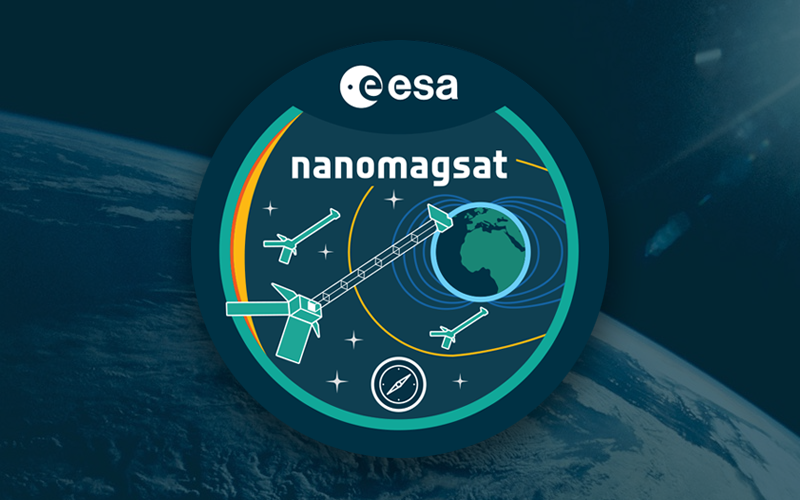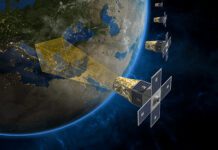
The European Space Agency has awarded an Open Cosmos-led consortium a €34.6 million contract to develop, launch, and commission a constellation of three satellites for the agency’s NanoMagSat mission.
NanoMagSat was approved for development by the ESA’s Earth Observation Programme Board in February 2024 under the agency’s Scout initiative. ESA Scout missions aim to enhance existing missions by miniaturising technology or demonstrating innovative observation techniques. Scout missions have a maximum budget of €35 million and must be launched within three years of the project’s initiation.
ESA has selected Open Cosmos in the UK and Spain as the NanoMagSat mission’s primary contractors. The €34.6 million contract was signed on 27 November at the agency’s Earth Observation Commercialisation Forum in Frankfurt, Germany. The consortium includes COMET-Aerospace, CEA-Léti, the Technical University of Denmark, the University of Oslo in Norway, the Institut de Physique du Globe de Paris, and the Université Paris Cité in France.
The NanoMagSat mission will be carried out by a constellation of three satellites, which will be stationed at an altitude of 545 km. Each satellite will be equipped with a miniaturised absolute magnetometer mounted at the end of a boom, a high-frequency magnetometer positioned midway along the boom for magnetic measurements, a Langmuir probe to monitor electron temperature and density, and two GNSS receivers. Once launched, the constellation will be tasked with monitoring the Earth’s magnetic field and the ionospheric environment.
The first of the three 24-kilogram, 16U satellites will be launched in 2026. The launch of the remaining two NanoMagSat satellites will be completed in 2027. Once operational, the constellation is expected to collect data over a 3-year lifespan.




